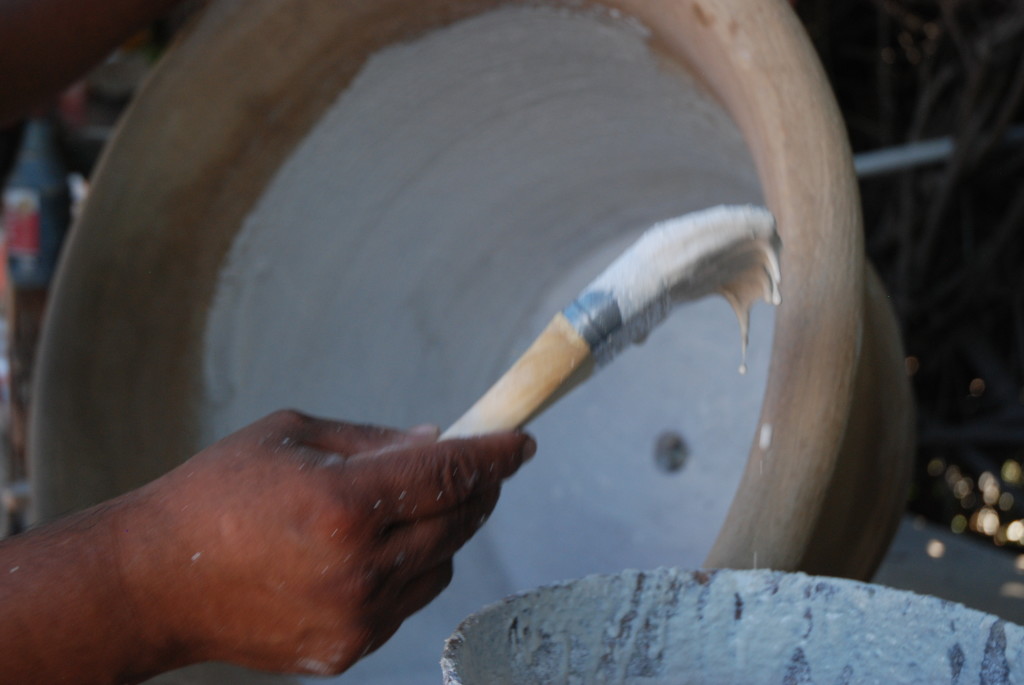The Clay Authority: Protecting Terracotta
As a fifth generation Californian, it’s easy for me to take beautiful weather and sunny, sandy beaches for granted, I also realize that for most of the country, this time of year presents some concerns when it comes to taking care of your garden and terracotta planters
Two years ago I wrote an article for Eye of the Day entitled “How it Works: Frost Proof Terra Cotta”. The big take away from this article are the two words “vitrify” and “porosity” that are of particular interest to those of you from areas concerned with freeze/thaw issues, due to the porosity of certain clay used to make planters.
The following month I continued with “Terra Cotta Transformations”, bringing the reader into the realm of technical ceramics by explaining what exactly happens with clay during its firing cycle.

Freeze/thaw can be viewed as synonymous with expansion/contraction. But there are also many reasons to want to waterproof pottery. Although waterproofing and frost proofing pottery both pertain to porosity, frost proofing also deals with extreme temperatures.
So as we begin to move into winter and we consider protecting our garden pottery investments, here are a few things to think about:
Protection from Frost and Cold:
If you need to protect your terra cotta from freezing, either move it inside, cover the planter (and the plants), and definitely do not over water, or if possible, don’t water at all. A quick test for the pottery itself would be to ask the dealer where you purchased the planters if they have any pot shards. Use them to test the durability of the pottery by soaking them in water, then put them in your freezer for a day or two. If it hasn’t cracked, take it directly from the freezer and put the shard in the sun. You’ll learn about the quality of your investment.
Waterproofing Terracotta:
If your concern is waterproofing your pottery, the research is simple to find a myriad of products on the market these days to seal low fire pottery (especially for tile). If it’s high fire then you don’t have to worry about water leeching through, especially if it’s been glazed.
Let’s all settle in for what always proves to be an elegant, sometimes challenging, yet always amazing time of year—Winter!
And if you ever have any technical questions about garden pottery, feel free to consult with me through EOD.






Scott, my interest was peaked when I saw this post as I have used Lizella clay from Georgia and plan to use it again. Lizella is processed about 50 miles from my home and is dug right out of a creek bank, cleaned up and packaged. It fires to a nice red at cone 6 but does not vitrify completely. I have used a commercial slip inside to provide better sealing because I have read it is still porous even when glazed. I have several pieces that I use in my house that are several years old and no problems so far. Do you have any suggestions on what could be added to the clay or of another way to help seal the clay without slip? Thanks